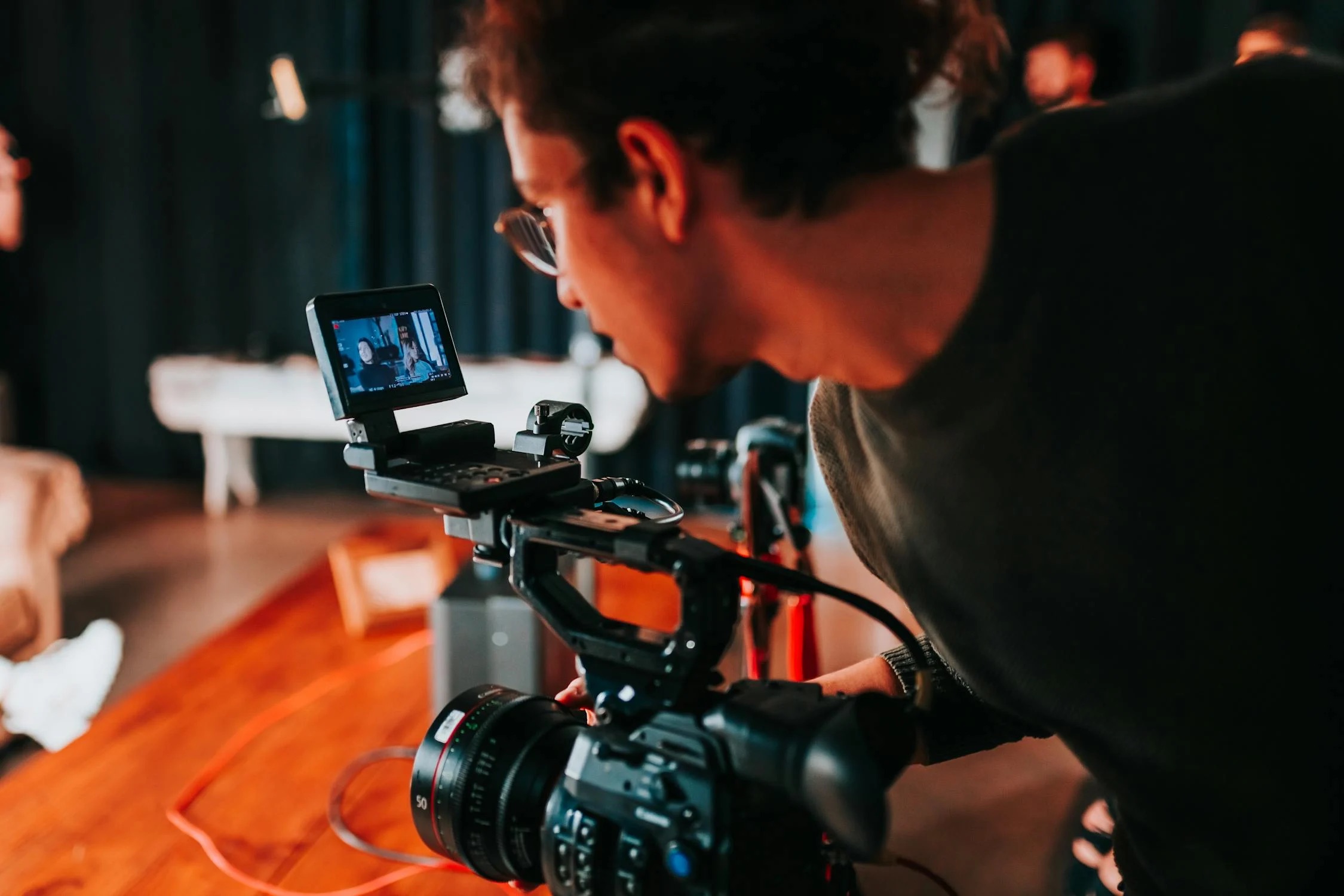
Crafting compelling video marketing takes more than just great lighting and a solid script. If you want to capture authentic, engaging content that resonates with your audience, preparation is key — especially when working with interviewees. Whether they’re employees, industry experts, or customers, a well-prepared interviewee can elevate your video marketing game and help you extract those golden soundbites that drive real results.
Video marketing is no longer an optional “nice-to-have”; it’s a must-have asset in your marketing arsenal. Here’s why it works so well:
- Engagement on Steroids: People watch an average of 17 hours of online video per week. That number keeps climbing because video is inherently engaging and offers an immersive way to consume content.
- Versatility Galore: Videos work across the board — from slick product launches to compelling customer testimonials, video content grabs attention across social media, email campaigns, and websites.
- Unparalleled ROI: Video remains a leading format for delivering return on investment for marketers. 86% of marketers say video has directly improved their website traffic, increasing leads.
With stats like that, it’s clear video isn’t just trendy; it’s transformative. But video production that drives results comes down to creating winning content, which requires stellar performances from your on-camera talent.
Getting great footage boils down to preparation. Your interviewee doesn’t need to be Spielberg-level polished, but these steps will help them radiate confidence and authenticity on camera. Here’s how to help your interviewees feel comfortable and camera-ready.
1. Start with Context (and Lots of Empathy)
Even seasoned professionals can feel nervous in front of a camera. Start by giving your interviewee context for the shoot. Share your goals, audience, and what you’re hoping to achieve. This will help them feel invested in the process — not like they’re being thrown into some sort of corporate gladiator arena.
For example, if you’re creating a customer testimonial video, tell them how their story might help others solve a similar problem. Frame the conversation as more of a casual chat than a scripted interview, and you’ll set the right tone from the start.
Top tip: Introduce them to your team beforehand. Familiar faces are far less intimidating than strangers with clipboards and booms.
2. Provide Talking Points, Not Scripts
Handing them a script may seem like the safest route, but it’s a surefire way to drain all authenticity out of your video. Instead, provide talking points or general themes so they can speak in their own words. You’ll not only capture their natural way of speaking but also make their delivery more relatable and engaging.
For example, instead of scripting, “Our software optimizes processes by 25%,” encourage them to discuss a real-life example, like, “I saved three hours a day by using this software.” Stories always feel more human than canned stats.
3. Coach Them on Body Language
You’d be amazed how much impact good body language has on video. A slouch or fidgety hands can distract viewers and dilute your message. Advise your interviewees to sit or stand straight while keeping their gestures natural.
Reassure them it’s okay to smile and pause when gathering their thoughts. A pause for breath is far better than filling the space with nervous “uhms” and “likes.”
One quick fix for fidgeting is to give interviewees something subtle to do with their hands. Holding a pen, for instance, can prevent restless motions.
4. Do a Warm-Up Round
Rehearsals aren’t just for theater productions. Before pressing “Record,” do a warm-up session to help your interviewee feel comfortable. Keep the questions light and unrelated to your main topic, like:
“What did you have for breakfast?”
“What’s one travel destination on your bucket list?”
Not only will this help them relax, but it can also dial in your lighting, angles, and sound levels. Two birds, one stone.
5. Simplify the Visuals
Unless your video concept screams avant-garde maximalism, keep the background minimalistic and the clothing simple. A low-clutter background ensures the focus stays on your interviewee rather than distracting elements behind them.
When it comes to wardrobe, avoid loud patterns or chunky jewelry that might interfere with audio or create visual chaos. Solid, neutral colors are an excellent choice for most shoots.
6. Ask Open-Ended Questions
The biggest enemy to an authentic interview is asking yes/no questions. Avoid them at all costs. Instead, use open-ended questions to encourage dynamic, nuanced responses.
For example:
- Instead of “Do you like the product?” ask, “How does this product make your day easier?”
- Instead of “Is this helpful?” ask, “What did you find most helpful about this feature?”
This technique allows the interviewee to elaborate in their own words, often leading to those magic moments we call “money shots.”
7. Offer Encouragement Throughout
Feeling nervous is natural, but nervous energy often melts away with encouragement. Compliment strong answers, reassure them they’re doing great, and maintain a relaxed, upbeat vibe on set.
If they stumble, don’t sweat it. Take a breath, reset, and start that section over. The beauty of post-production is you can edit out the flubs while keeping the gold.
8. Give Time for Review
Before wrapping up, playback some of the footage for your interviewee, if possible. This allows them to flag anything they’d like to clarify and fosters trust in the filming process.
They’ll feel more in control, and you’ll leave the shoot confident that you captured content they’ll be proud of.
Preparing interviewees for your video marketing ensures you capture authentic, compelling content that drives results. From establishing context and coaching body language to asking the right questions, these tips can help even the most nervous subject feel like a natural. Creating a great video isn’t just about the technical setup. It’s about the human connection you build with your interviewee. And that connection is what will resonate with your audience.